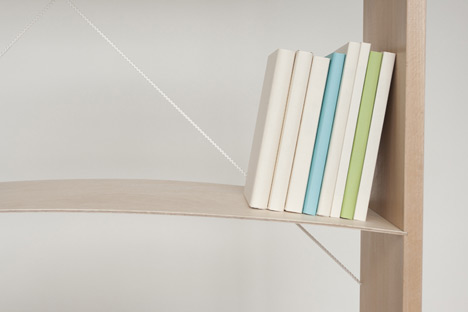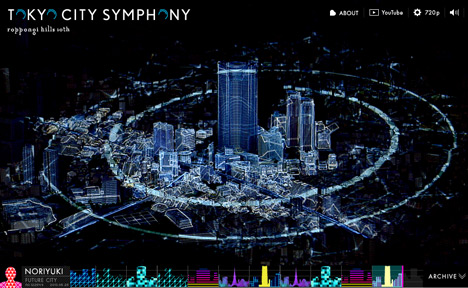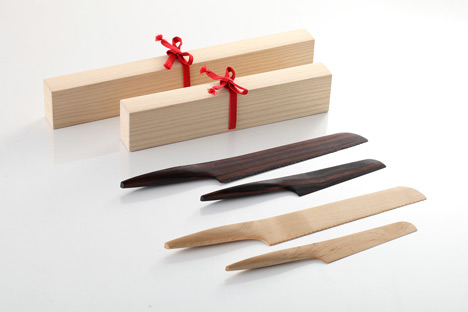Continuing our journey through Design @ Your Service, the article below is a contribution from service thinker Luis Alt (founder of live|work in Brazil). Good read!
–Tennyson Pinheiro
![LetsDesignServices.jpg]()
Take a look around. It is very likely that right now you are surrounded by objects that in some way or another make your life better and more pleasant. All those objects have been in some degree designed—some nicely, others not so much.
Now, if you start thinking about the way you interact with the world around you, you will notice one other common pattern: you access your life through services. Private services, governmental services, local services, global services, digital services, physical services. You use the world around through the services that somewhat are available to you. When you interact with a product, very often someone has put a lot of thought into figuring out beforehand how your experience should be when dealing with this object. Product and interaction designers take into consideration users desires and needs, materials and processes that are available for manufacturing the product and they run a series of anthropometric and ergonomic studies to come up with the final object. Everything is done in order to make sure that you will get the best experience possible when in contact with this product—which also makes it easier to sell it in the first place.
But let's take a look at the different services that we access. Who is behind the solutions we use on a daily basis? Who is thinking about our experience when we order something at a restaurant, don't receive a package at home or forget to pay a bill that never got to us in the first place? Unfortunately the answer is, in most cases, no one. We are using everyday services that have not been thought to our benefit as customers, but instead to be easy and, most of all, efficient to its providers. The business must run efficiently and it's up to the user to 'deal' with it.
Much has been said in marketing theories that we get to use products by interacting with a whole range of services that exist around it. If I want to use my phone, for instance, I have to buy it in a retail store, pay my monthly bills and then I'm ready to, well, use the device. We think the opposite. Service thinking teaches us that any product is just one mean to access a set of services (or a main service). Take the mobile phone, for instance: in the essence of everything is the service. The bill, the store, the mobile phone, etc. are just products or services that help me to communicate with others or access information through a connected network. In the core of everything, there is the service.
Now the really good question is, "What exactly should be designed in a service?" And our answer to that is: what shouldn't? Service designers have to take an important role in the new service order, given they are the ones with the capacity to navigate between the broad and strategic aspects of the service and to translate the business purpose into user journeys that are useful, usable and desirable, thinking on the overall experiences of clients and service providers that are connected throughout different touchpoints.
(more...)![]()
![]()
![]()
![]()
































 Tetris - Alexey Pajitnov 1984
Tetris - Alexey Pajitnov 1984 Martin Azua - Basic House (1999)
Martin Azua - Basic House (1999)








 Tokyo is futuristic, but maybe not this futuristic... yet.
Tokyo is futuristic, but maybe not this futuristic... yet.























 Hideaki Iida
Hideaki Iida Marcus Classen
Marcus Classen Michal Vlcek
Michal Vlcek Ki Kim
Ki Kim Jungwook Jay Lee
Jungwook Jay Lee Nir Siegel
Nir Siegel Qiannan Wang
Qiannan Wang Shihan Pi
Shihan Pi Ewan Gallimore
Ewan Gallimore










